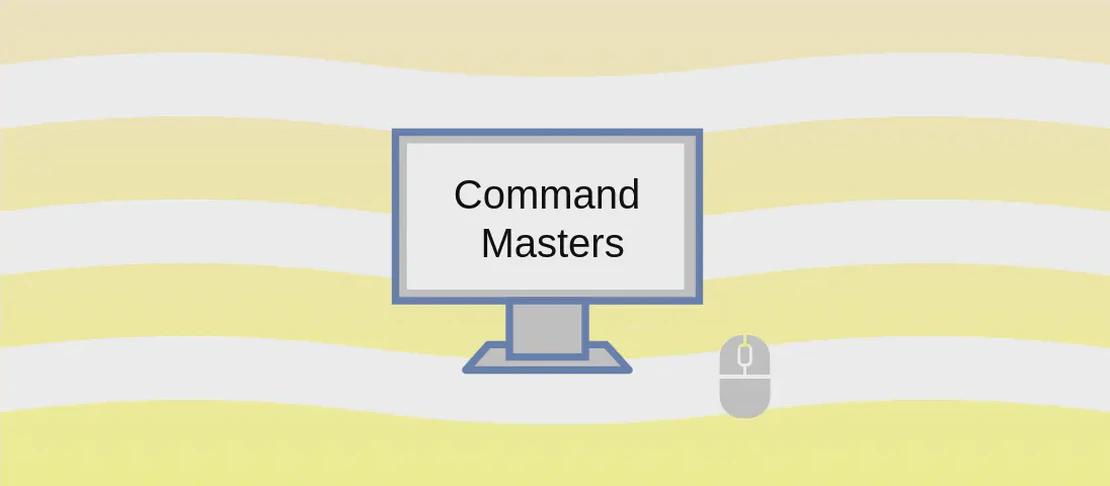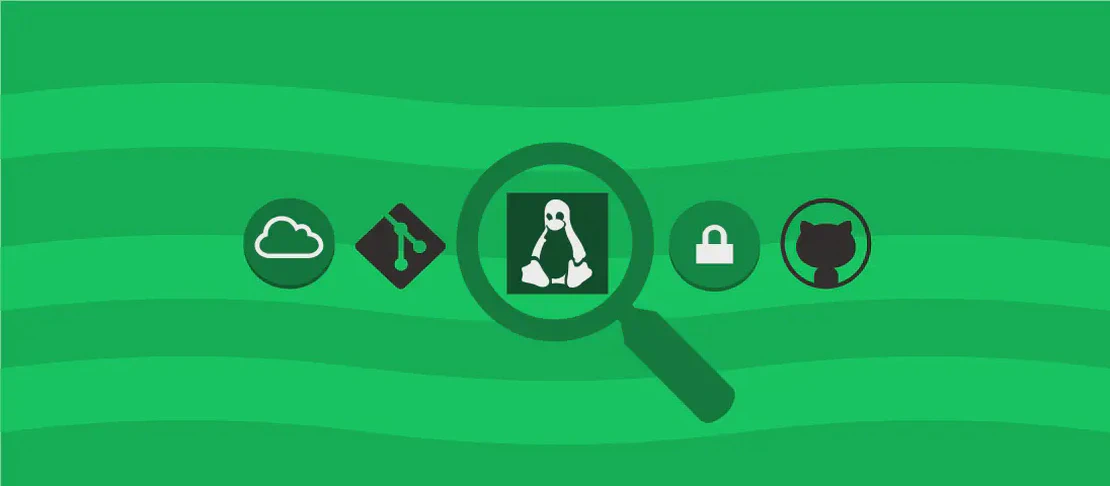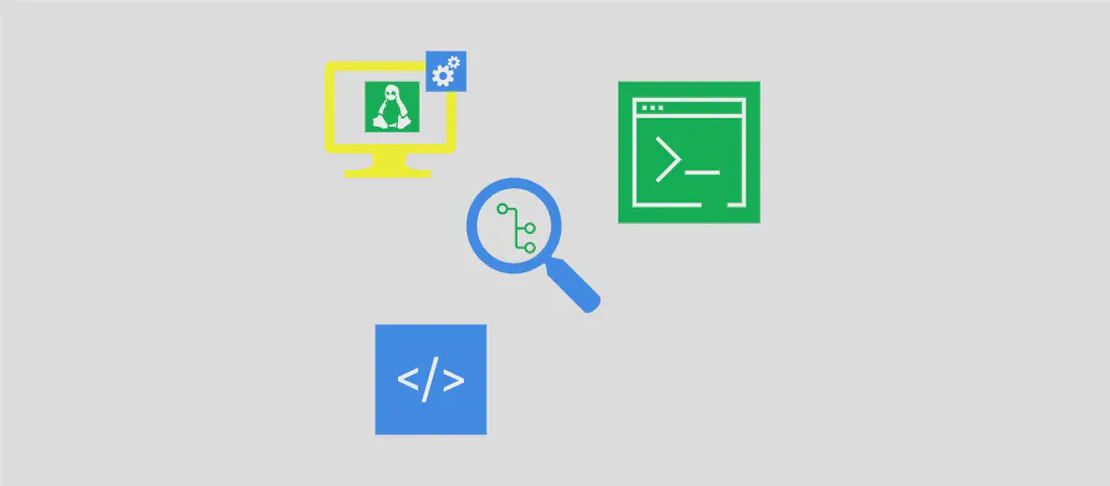
How to use the command 'pgmoil' (with examples)
The pgmoil command is part of the Netpbm suite of tools, which is a package of graphics programs and a programming library. Specifically, pgmoil is used to create an oil painting effect on a Portable Graymap (PGM) image. This command has been superseded by pamoil, which provides the same functionality but is optimized for modern usage. The effect works by averaging the color of the images in a surrounding area, giving the image a smoothed, brushed look typical of oil paintings.
Use case 1: View documentation for the current command
Code:
tldr pamoil
Motivation:
When working with command-line utilities, especially those that have superseded older commands like pgmoil, it’s essential to have a ready reference to understand how to effectively utilize these commands. Using tldr, a community-driven man page alternative, allows you to quickly view a simplified, but thorough, documentation for the pamoil command, providing examples and usage instructions that can significantly ease the adoption and application of the tool.
Explanation:
tldr: This command is a helpful tool that provides shorter, simplified versions of Unix man pages. It’s perfect for users who are looking for an easy and quick understanding of what a command does.pamoil: This argument specifies the command for which you want documentation. Here,pamoilis the modern successor topgmoil, offering more efficient processing of the oil painting effect.
Example output:
pamoil
An oil painting effect on a PGM or PPM image.
- Apply the oil paint effect to an image using the default settings:
pamoil input.pgm
- Apply the oil paint effect with a specific diameter:
pamoil -d 5 input.pgm
- Display help and more detailed usage instructions:
pamoil --help
Conclusion:
Understanding how to access and use the documentation for command-line utilities like pamoil is crucial for efficiently integrating such tools into your workflow. The tldr command provides a practical way of obtaining this information, allowing both beginners and experienced users to quickly get up to speed with new or updated commands. This command is essential in transitioning from older tools like pgmoil to their modern counterparts.


